New PHEV Evoque and Disco Sport 22 | 04 | 2020
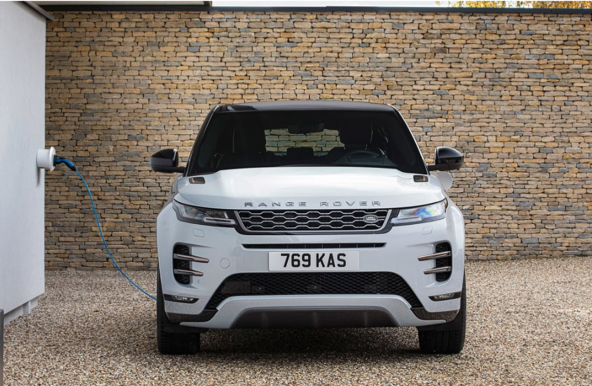
THE ONSLAUGHT OF plug-in hybrids (PHEV) continues. Now Land Rover has introduced its latest PHEV system into its most affordable models, the Evoque and Discovery Sport. The Evoque has an all-electric range of 41 miles, with the slightly heavier Dicso Sport 38 miles; prices start at £43,850 and £45,370. Both are available to order now. (Related: All-new Range Rover Evoque)
Both models are badged P300e, and utilise JLR’s new turbocharged three-cylinder 1.5-litre PHEV system which seamlessly combines a conventional petrol engine — the smallest in the Ingenium range — with an electric motor.
Worth mentioning that by using its three-cylinder engine, rather than the JLR four-cylinder unit, each car saves 37kg in weight. Of equal significance is the designers and engineers have ensured there’s been no reduction in luggage or cabin space. (Related: Range Rover Velar limited edition)
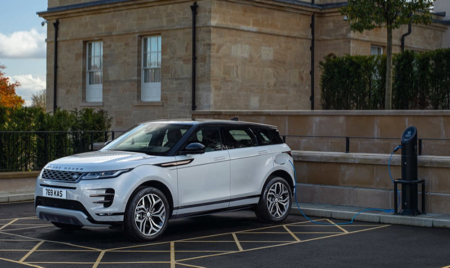
So, petrol and electric hybrid?
Yup. Designed, engineered and manufactured in-house, the combination of the 197bhp petrol unit and the 80kW electric motor on the rear axle delivers all-wheel drive capability and, what JLR calls “the perfect blend of performance, depending on your driving style”.
Certainly the combo promises sustainable, efficient all-electric performance for shorter trips plus traditional power, or combined petrol and electric drive, for optimum efficiency on longer journeys. (Related: New Discovery Sport range to get hybrid tech)
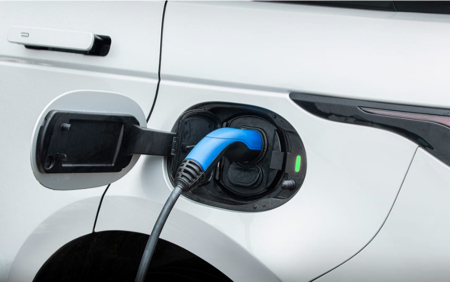
“Efficient electrification, downsizing and light-weighting also enables incredibly low CO2 of just 32g/km on the Evoque and 36g/km on the Discovery Sport,” Nick Rogers, JLR executive director of product engineering, explained.
“Additionally, both vehicles have an impressive all-electric, zero tailpipe emission range of 41 miles and 38 miles, respectively. Our latest plug-in hybrid offers the same awesome capability and composure with all-electric driving and stunning efficiency, both on- and off-road.”
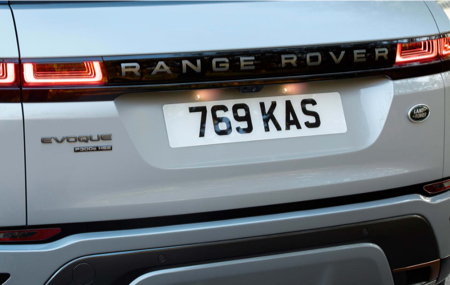
Must be a tight squeeze?
JLR designers have created clever packaging solutions to ensure all the necessary equipment required with PHEV technology has managed to be squeezed into each car.
Both models conceal the onboard charger and the power converter under the front seats. Also here is the integrated starter/generator which can fire up the petrol engine instantaneously, on demand. At the same time, it pumps energy back into the battery via the brake-by-wire system. Clever.
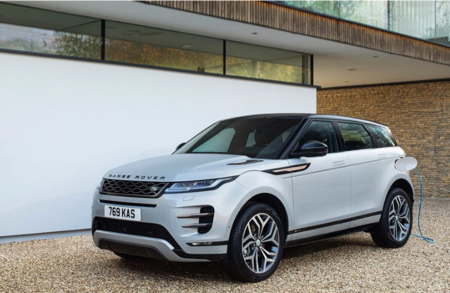
Hidden under the rear seats is a 15kWh lithium-ion battery. This sits adjacent to a slightly smaller — but larger than most PHEV models — 57-litre fuel tank and behind 6mm of steel undertray.
Ok: here’s a techie bit. Power to the rear axle — remember, both models are 4WD — is channelled through a new-to-JLR, 108bhp GKN electric drive unit. This capable of regenerative charging, powerful and accurate low-speed drive and control, all of which will boost offroad performance.
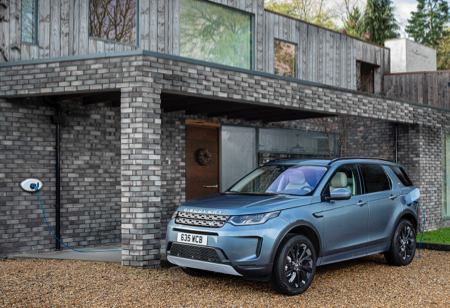
How fast?
Now, back to everyday driving. While both the Evoque and Disco Sport P300e may well be the most environmental models in their respective ranges, they’re no slouches. The Evoque P300e can do 0-60mph in 6.1sec, with the Discovery Sport just 0.1s slower to 60mph.
On electric power alone, both can reach speeds of 84mph. If — on some private road or track somewhere — you find yourself nudging over 84mph, the electric motor is decoupled to reduce aerodynamic drag, making the cars front-wheel-drive.
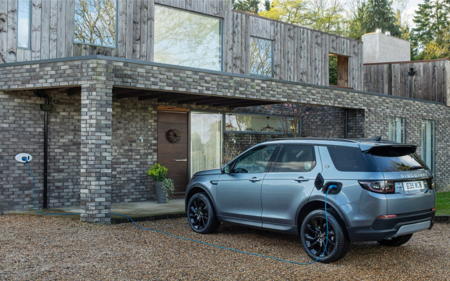
How long to charge?
As for charging, JLR says using a public DC rapid charger will take 30 minutes to recharge the 15kWh battery from 0-80%. If you’re at home, however, using either a dedicated 7kW AC wall box or typical three-pin domestic electricity supply, that time leaps to between 1 hour and 24mins and 6hrs 42mins. The charging port is sited on the rear wing, on the opposite site of the petrol filler flap.
And I know car manufacturers have to quote an official WLTP furl consumption figure, but really, how realistic is the “201.8mpg (depending on spec and wheel size).
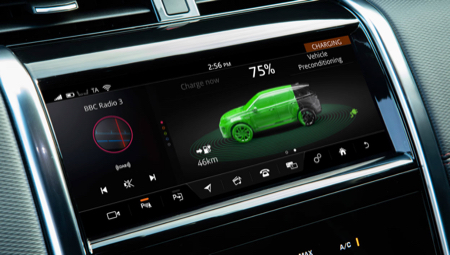
Cost of ownership
Strong residual values and less frequent trips to the petrol pumps mean the whole-life cost of the Plug-in Hybrid Electric Vehicle will be highly competitive.
As businesses around the world aim to drive down their fleet average emissions, reducing their carbon footprint and running costs, the compact premium SUV PHEVs will appeal to both companies and employees.
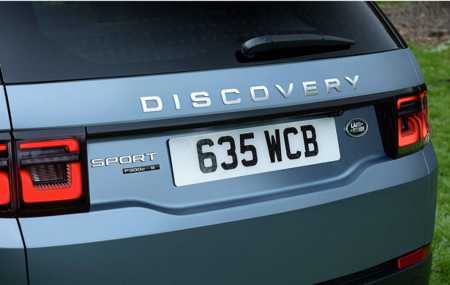
Company car drivers in the UK will also experience significant savings. With CO2 emissions of 32g/km and a zero-emissions range of up to 41 miles, Evoque PHEVs qualify for a new, lower Benefit-in-Kind (BIK) rate of just 6% in 2020/21, rising to 8% in 2022/23. With CO2emissions of 36g/km, and a zero-emissions range of 38 miles, Discovery Sport PHEVs qualify for a 10% BIK rate in 2020/21, rising to 12%in 2022/23.
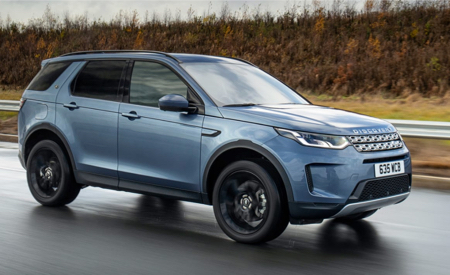
In S trim, the Evoque P300e starts at £43,850. SE and HSE trims (both with or without the sportier-looking R-Dynamic pack) are also available. Available in the same three trims — but only with the R-Dynamic pack — the Discovery Sport P300e is priced from £45,370.
Related: Return of the iconic Defender
Keep up-to-date with all the latest news by following us on twitter.com/Scotcars
Jim McGill